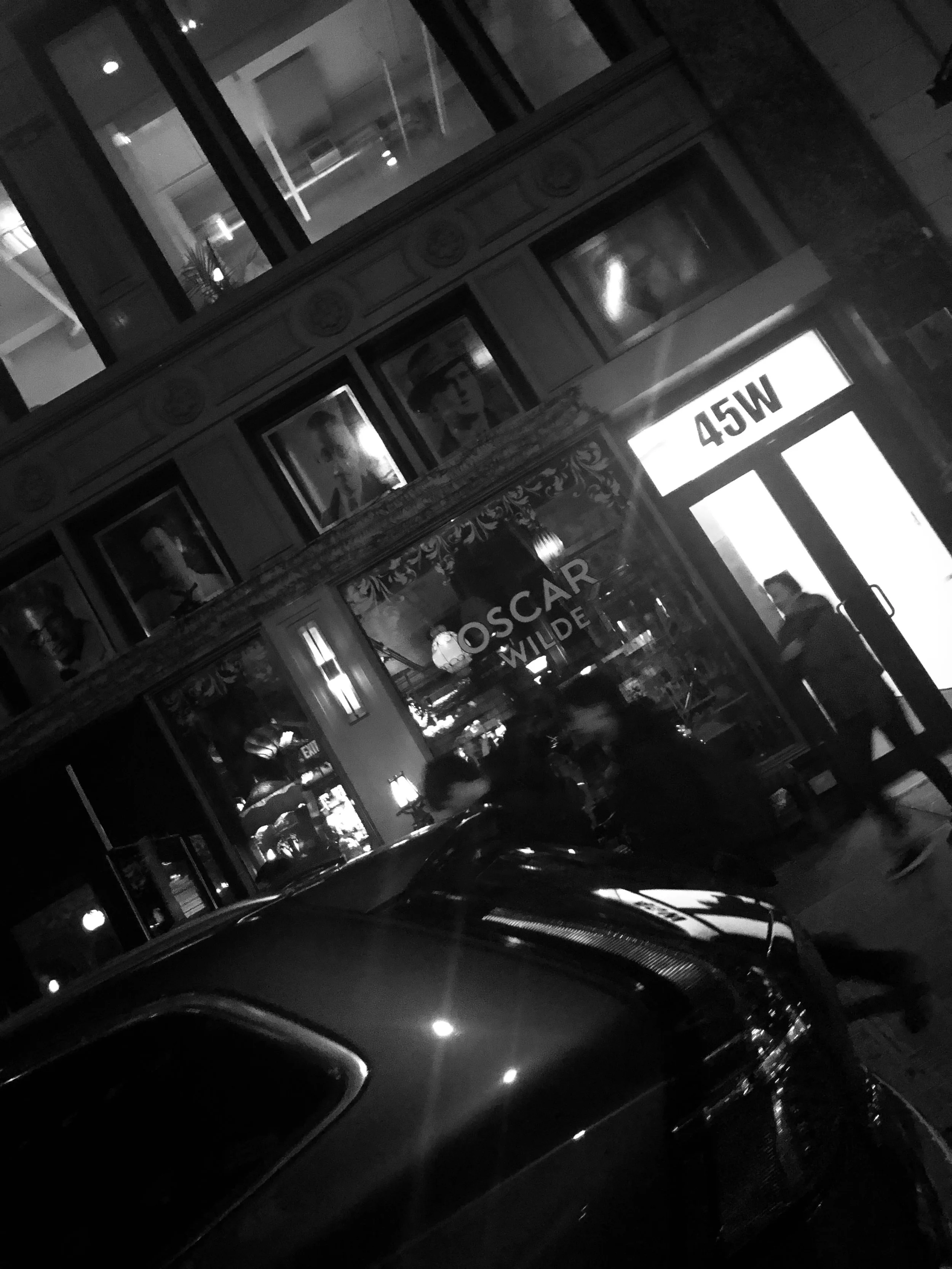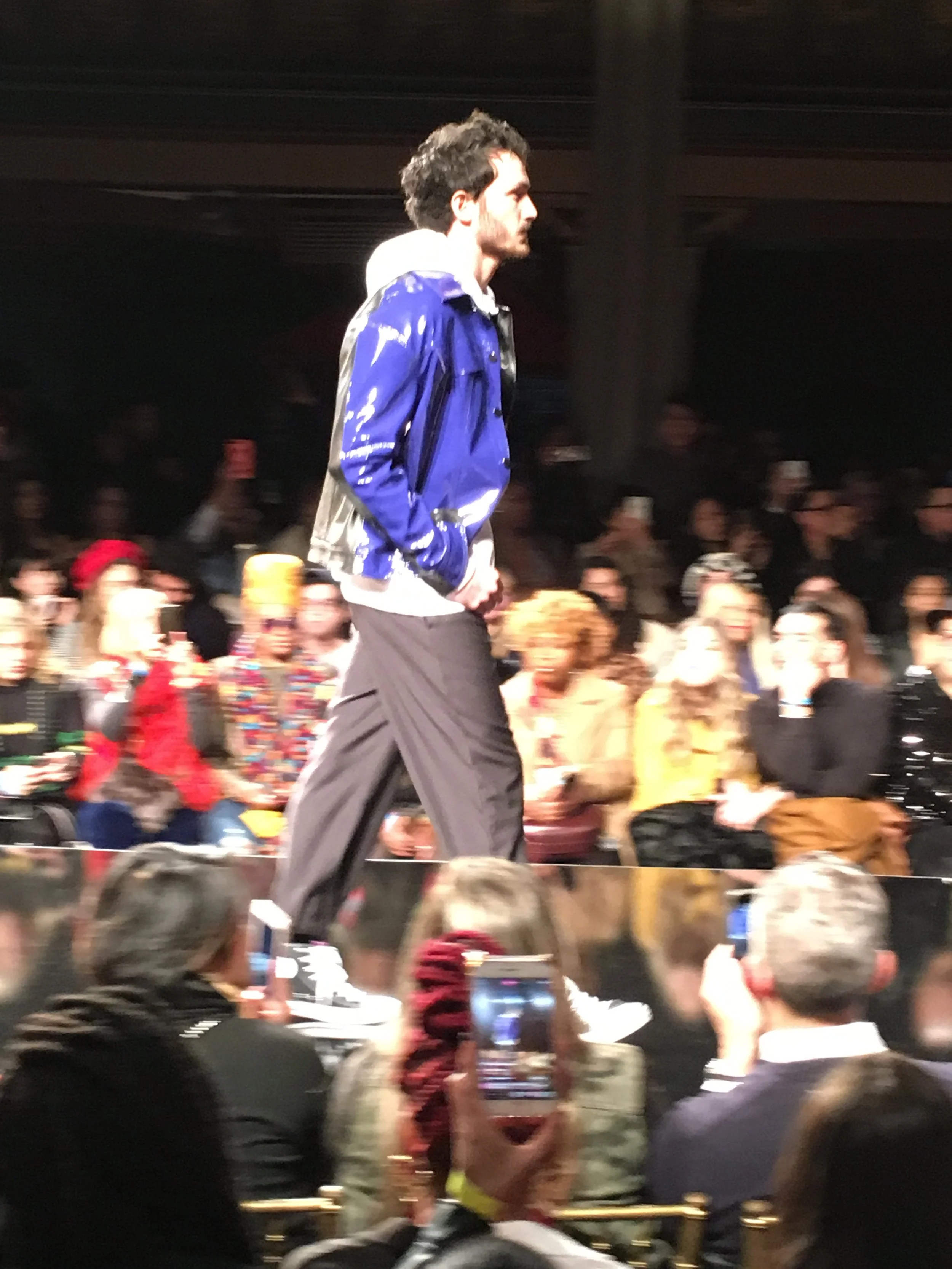The Illusion of Affordable Luxury
In a world where luxury seems increasingly accessible, the very essence of what luxury represents is being diluted. The allure of luxury lies in its exclusivity, its ability to distinguish itself from the ordinary, the mundane. Yet, the concept of "affordable luxury" attempts to bridge the gap between opulence and accessibility, blurring the lines of distinction.
Luxury fashion is not just about owning expensive items; it's about embodying a lifestyle, a status, a sense of privilege that sets one apart from the masses. From 2022 to 2023, the luxury fashion market has seen unprecedented growth, with sales soaring despite global economic uncertainties. According to a report by Bain & Company, the global luxury market rebounded strongly in 2021, with a projected growth of 12% to 14% from 2022 to 2025. [Source: [Bain & Company Luxury Market Report]
True luxury fashion brands understand this distinction, crafting meticulously designed pieces that epitomize sophistication and exclusivity. However, the rise of "affordable luxury" brands caters to a demographic that aspires to the trappings of luxury without the price tag. These brands capitalize on the psychological appeal of owning luxury items, offering a semblance of exclusivity at a fraction of the cost.
But can true luxury ever be truly affordable? The very essence of luxury lies in its scarcity, its unattainability to the masses. The resale market, on the other hand, offers a compromise. It provides access to coveted designer pieces at a reduced price, allowing individuals to indulge in luxury without the exorbitant cost. Even those who can afford luxury items may opt for vintage pieces, appreciating the history and uniqueness they embody.
For me, the distinction lies in curated collections of designer pieces that align more with the luxury resale market than with mass-produced "affordable luxury" brands. It's about cherishing quality over quantity, investing in pieces that transcend trends and retain their value over time.
In conclusion, the notion of affordable luxury in fashion is a paradox—a contradiction in terms. True luxury cannot be mass-produced or commodified; it is an experience, a lifestyle, a statement of individuality. As consumers, we must redefine our understanding of luxury, valuing craftsmanship, heritage, and exclusivity over accessibility and affordability.
February Fashion Week |NYC
From relaxed suiting to patchwork, another fashion week has come and gone. Long ago, fashion week made sense to me; because it offered photographers, editors, marketers, and buyers a chance to preview collections and trends trickling down to stores in six months. Consequently, allowing magazines plan-time for campaigns and stores to make purchase orders far in advance.
But this season was somewhat silent, with a few standout moments to highlight.
Tie-dye made a big splash last season, with no signs of slowing down this season. Designers like Prabal Gurung leaned into bright sportswear. Quilted outerwear and two-piece separates also made a continued appearance this season.


